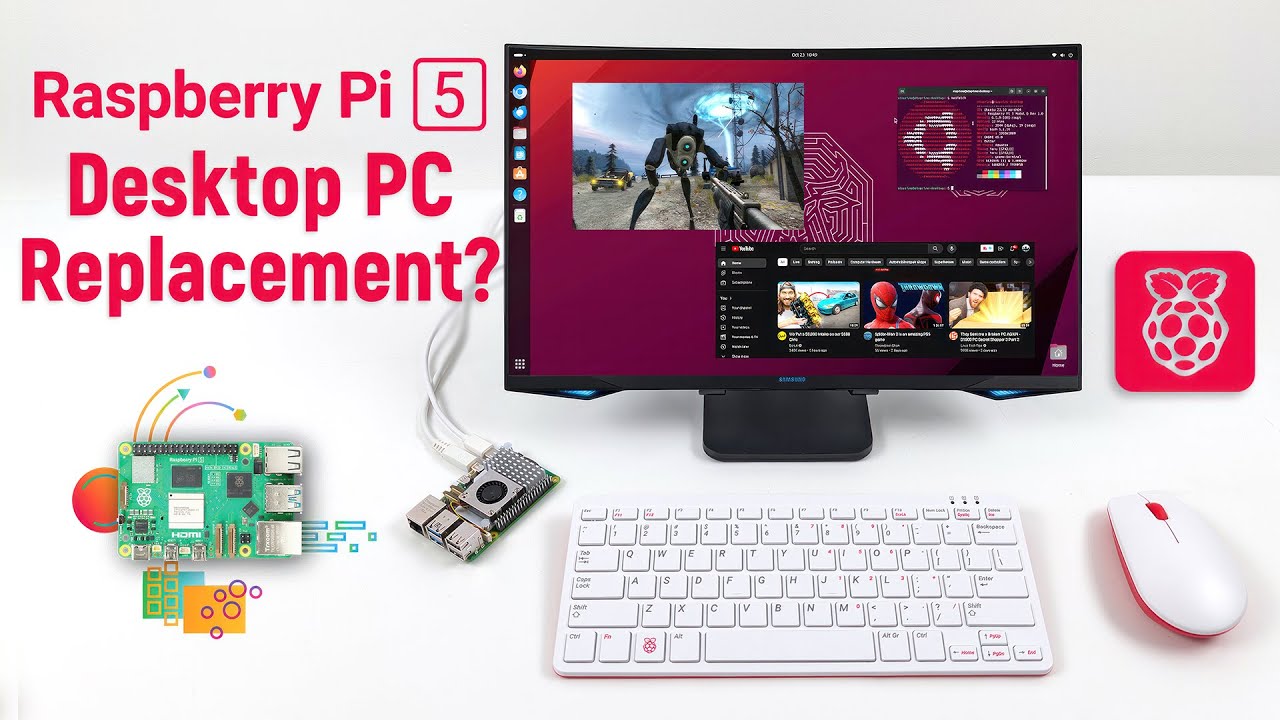
HDR Support for KDE Plasma 6: Bringing High Dynamic Range to Linux Desktops
The latest development in the world of Linux desktop environments has brought exciting news for enthusiasts and gamers alike. HDR support for KDE Plasma 6 is making significant strides, promising a more immersive visual experience for users.
Developer Xaver Hugl recently shared insights into the progress of HDR integration in a detailed blog post. While HDR functionality is already present in SteamOS on the Steam Deck, the journey to bring this feature to traditional Linux desktops is still a work in progress.
Enabling HDR in Plasma Settings
One of the key highlights of the update is the ability to enable HDR in Plasma settings, offering users a range of new options. Notably, the inclusion of an ‘SDR Color Intensity’ slider, inspired by the color slider found on the Steam Deck, enhances the customization possibilities for users.
KDE Plasma Environment
Gaming in HDR on Linux
With Plasma 6 Beta already incorporating HDR support in KWin, users can now delve into HDR gaming on Linux. By following a few additional steps outlined in the blog post, such as utilizing Gamescope, users can enjoy playing most HDR-capable games in the Wayland session, provided they are using Proton 8 or newer.
Notably, titles like Spider-Man: Remastered and Spider-Man: Miles Morales are compatible with HDR; however, the visual experience may not be optimal, indicating that the issue might not be exclusive to the Linux platform.
The Road Ahead
In conclusion, the blog post acknowledges that there is still significant work to be done. Challenges such as limited color management options, the need to avoid manual installations from GitHub, and the absence of HDR screenshots and screen recording pose hurdles that need to be addressed. The developer emphasizes the importance of streamlining these processes to ensure a seamless HDR experience for users.
Xaver Hugl expresses optimism about the progress made thus far, highlighting the rapid advancements in the HDR integration process.
For more details, you can refer to the original article on GamingOnLinux.com.














